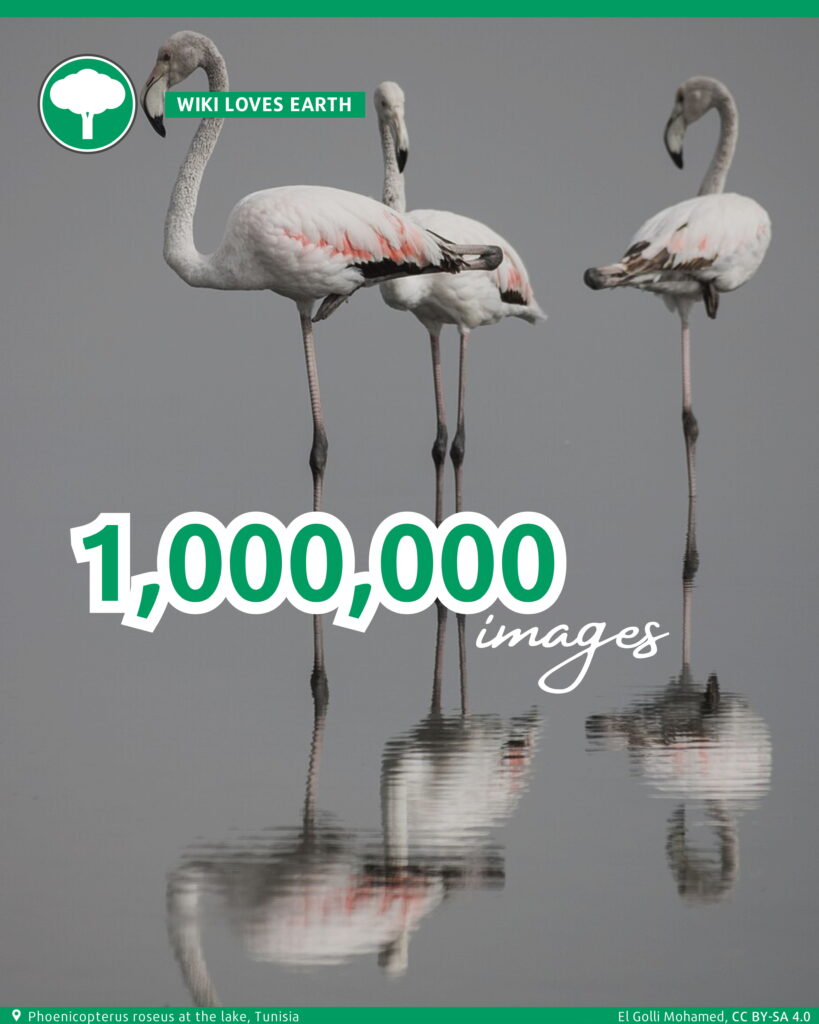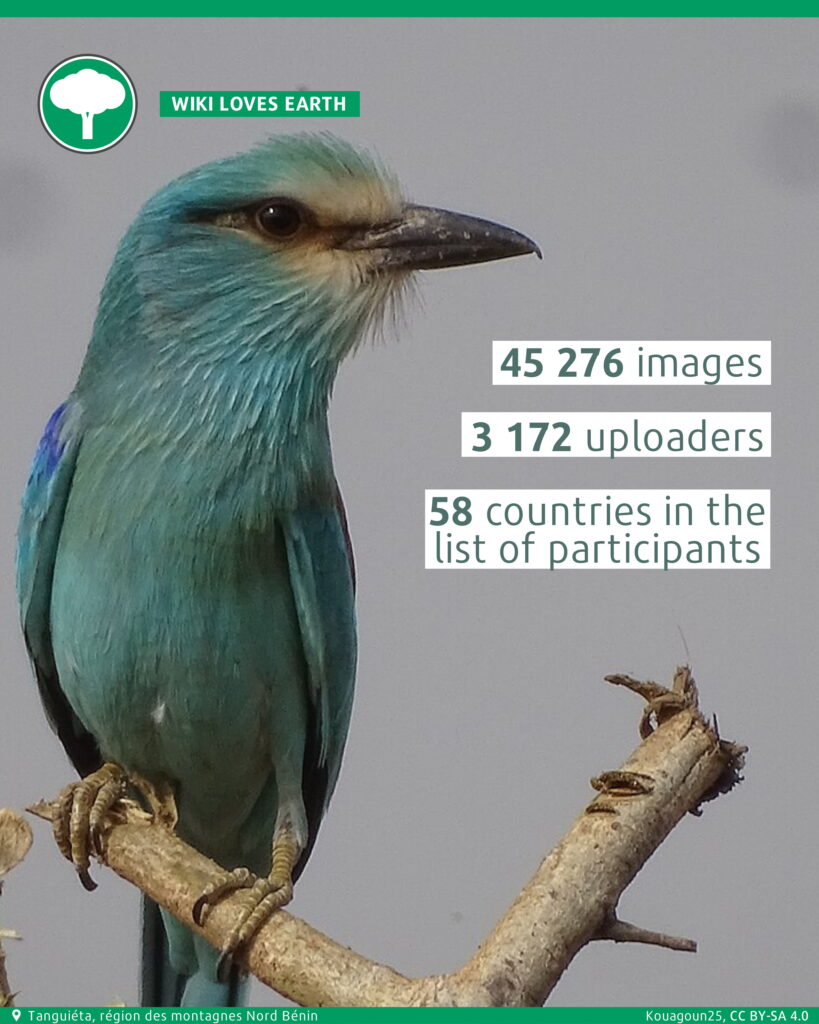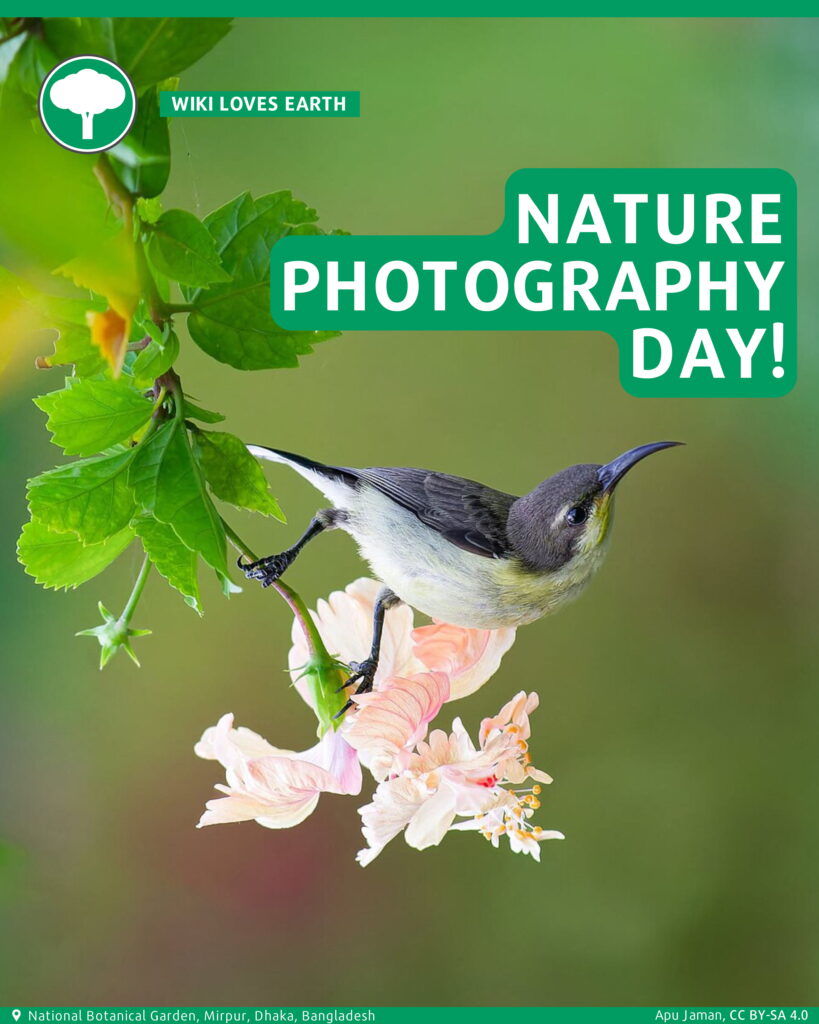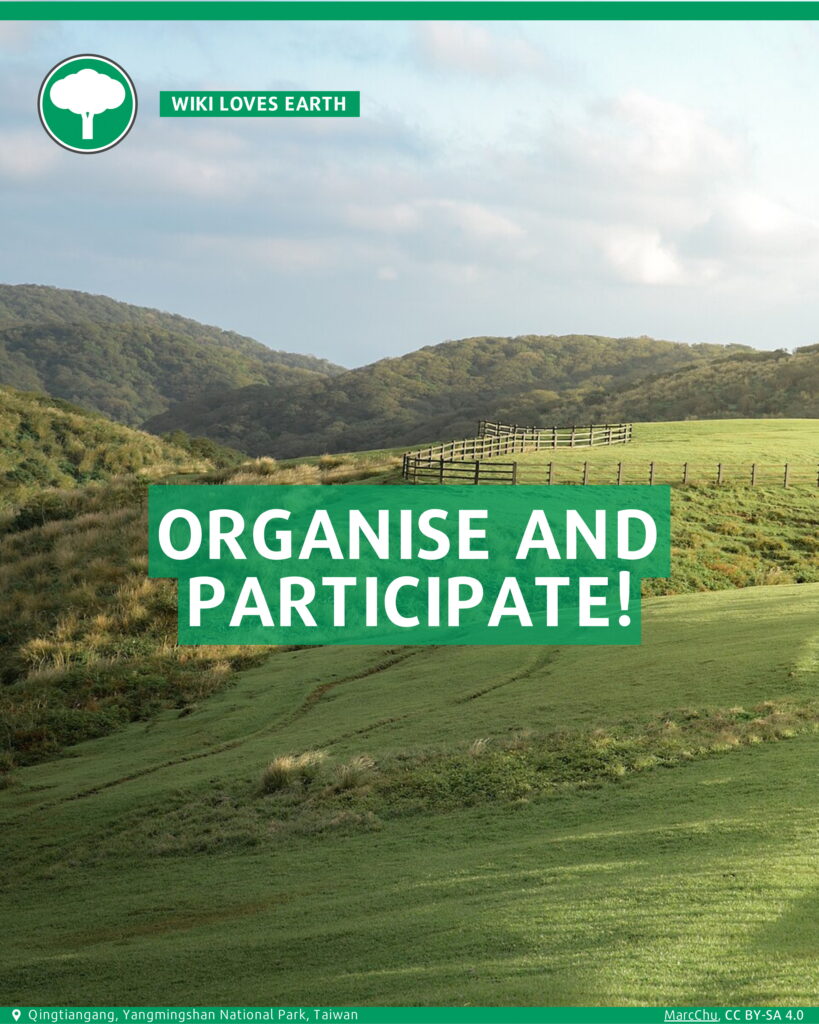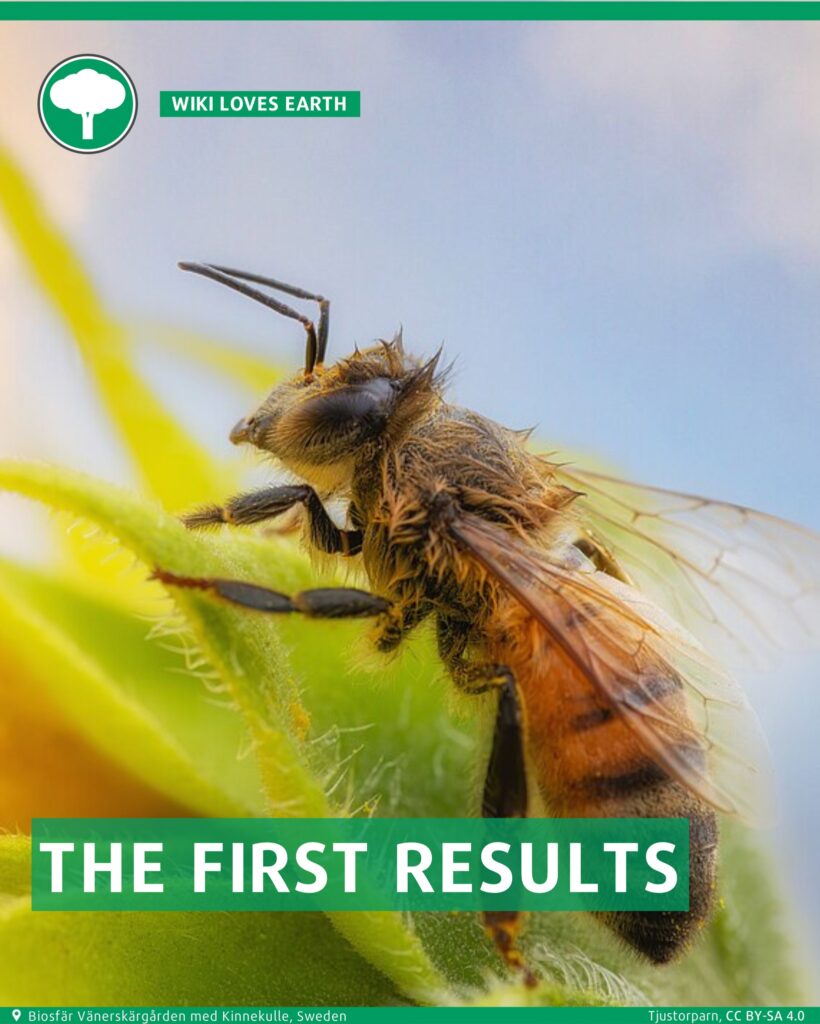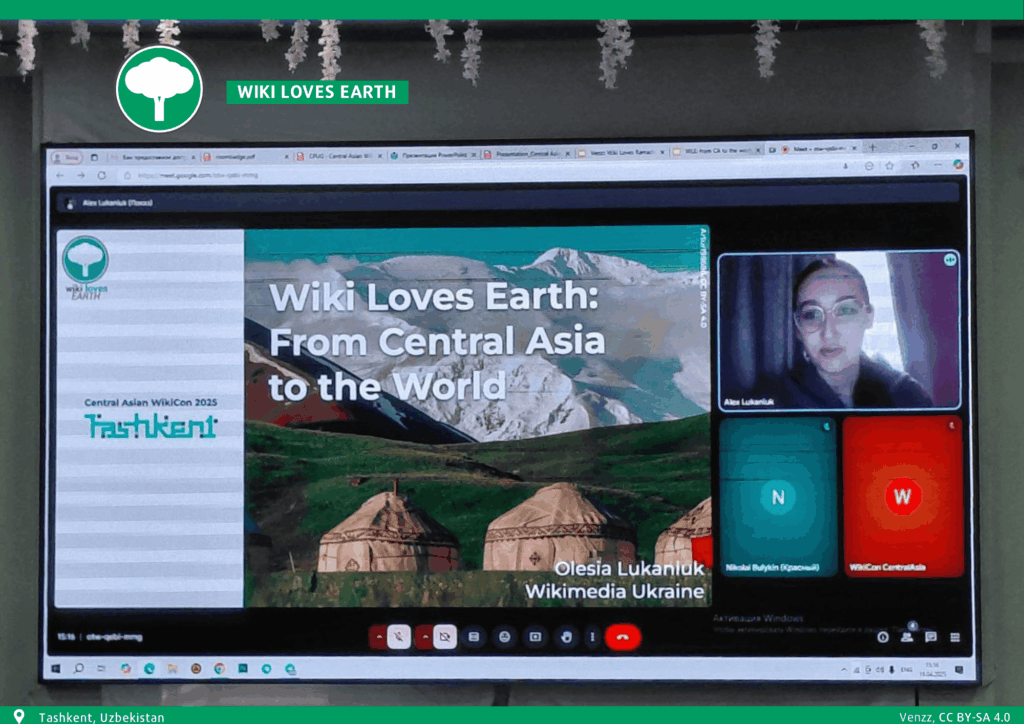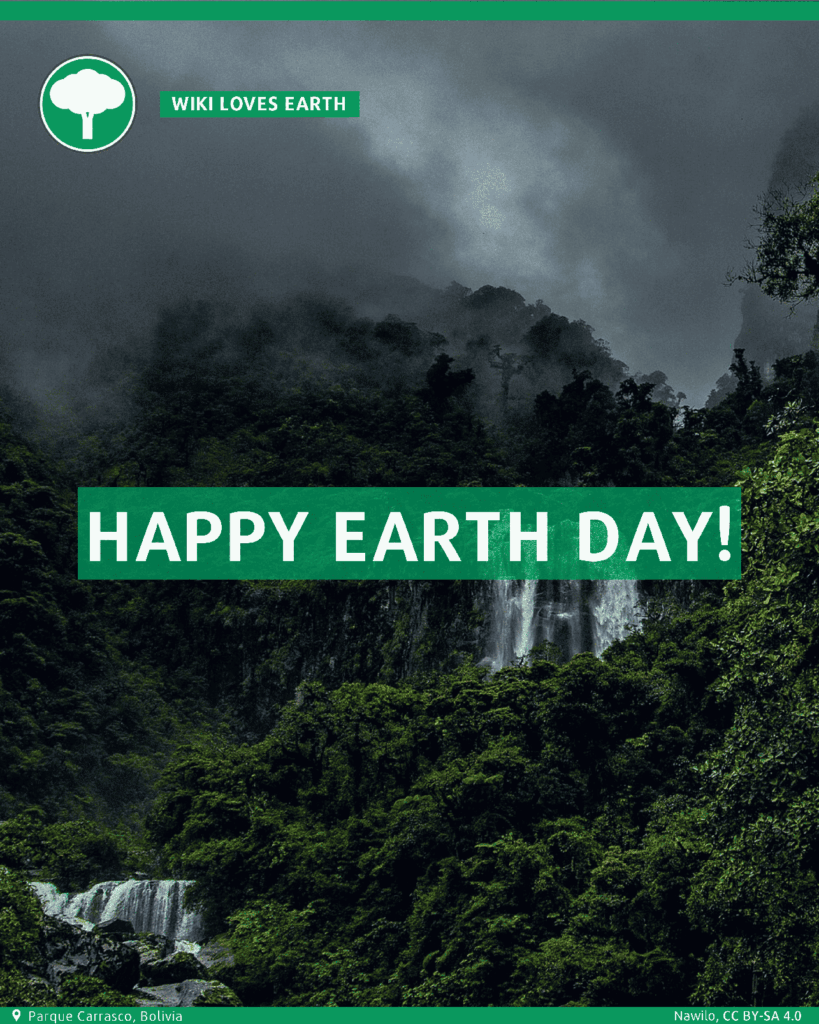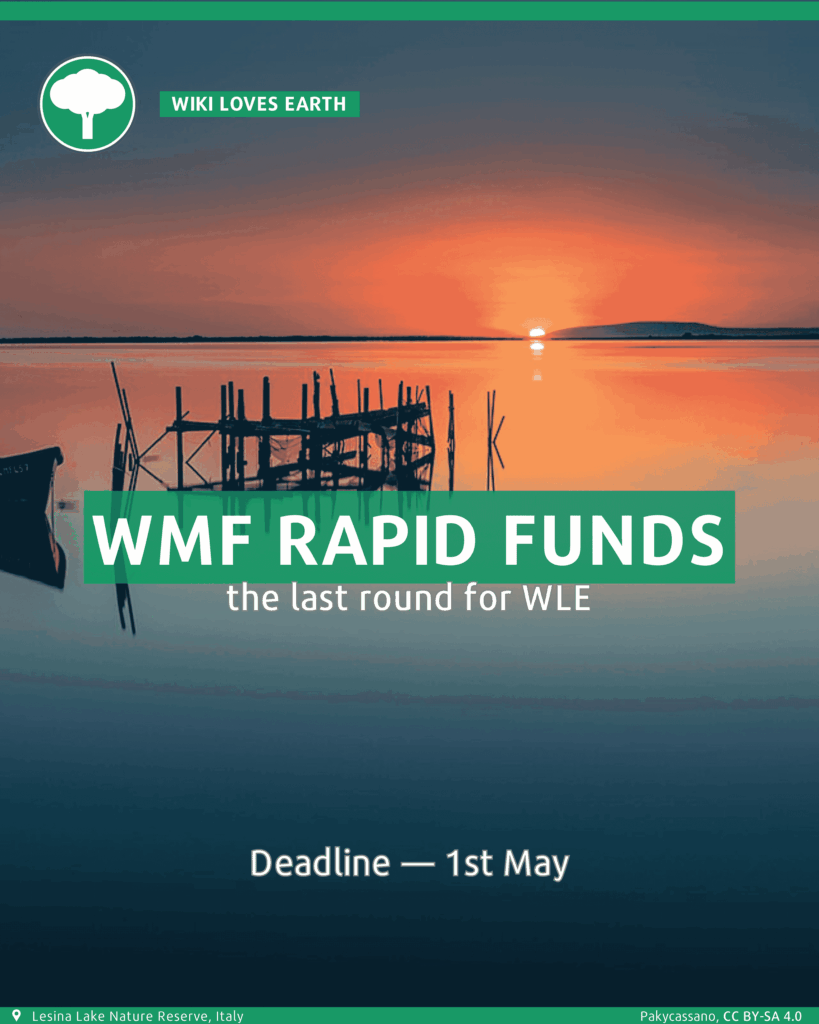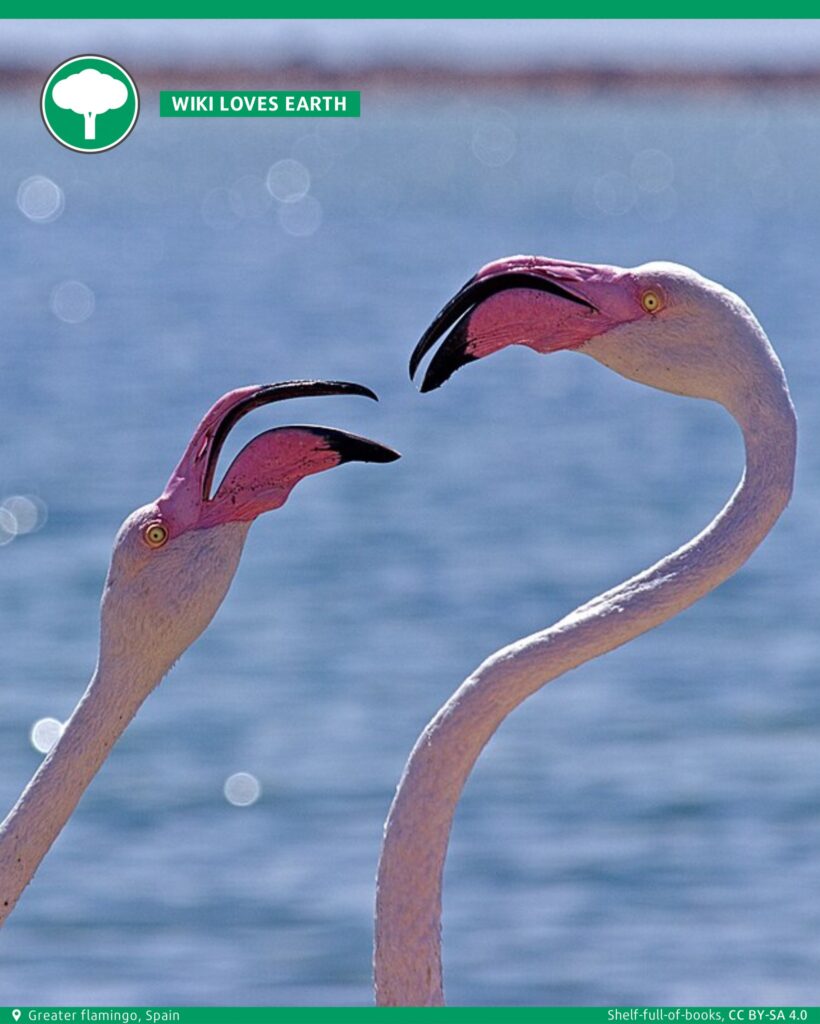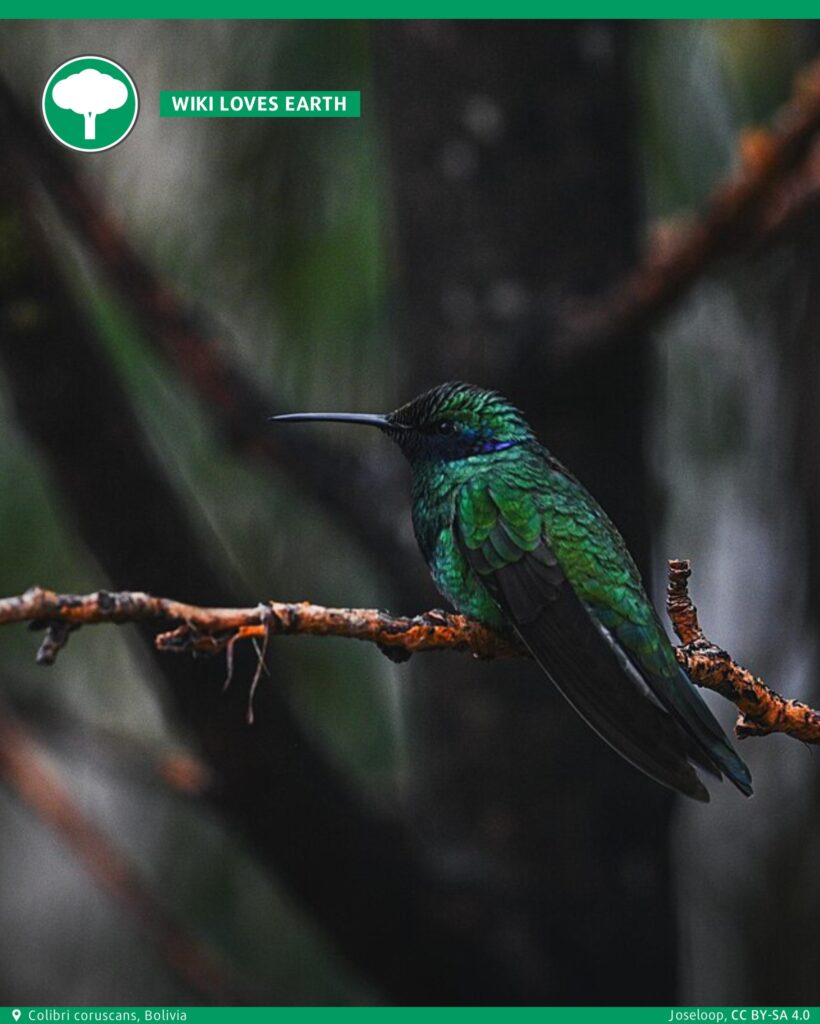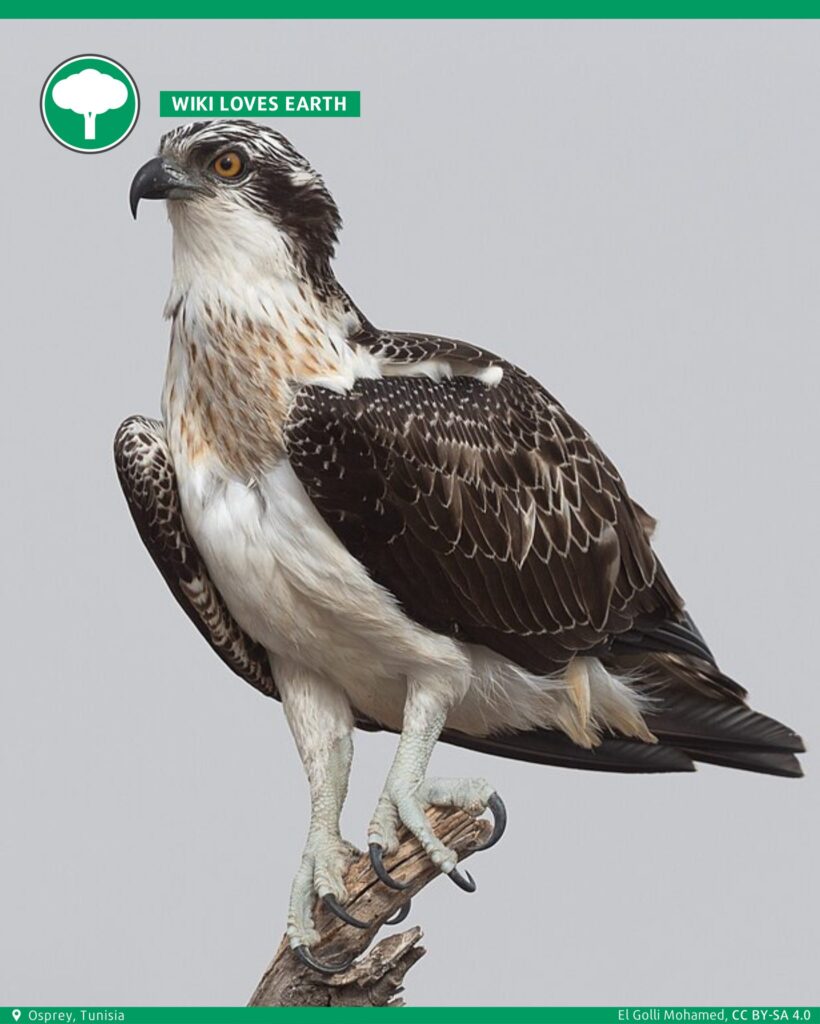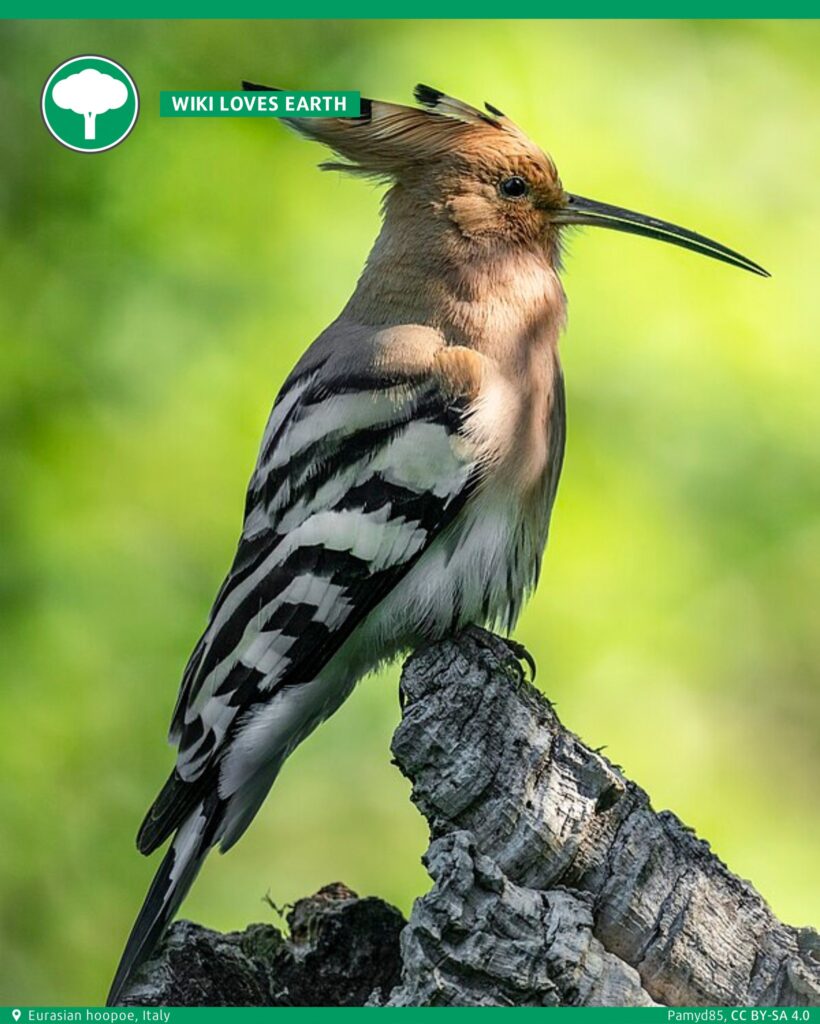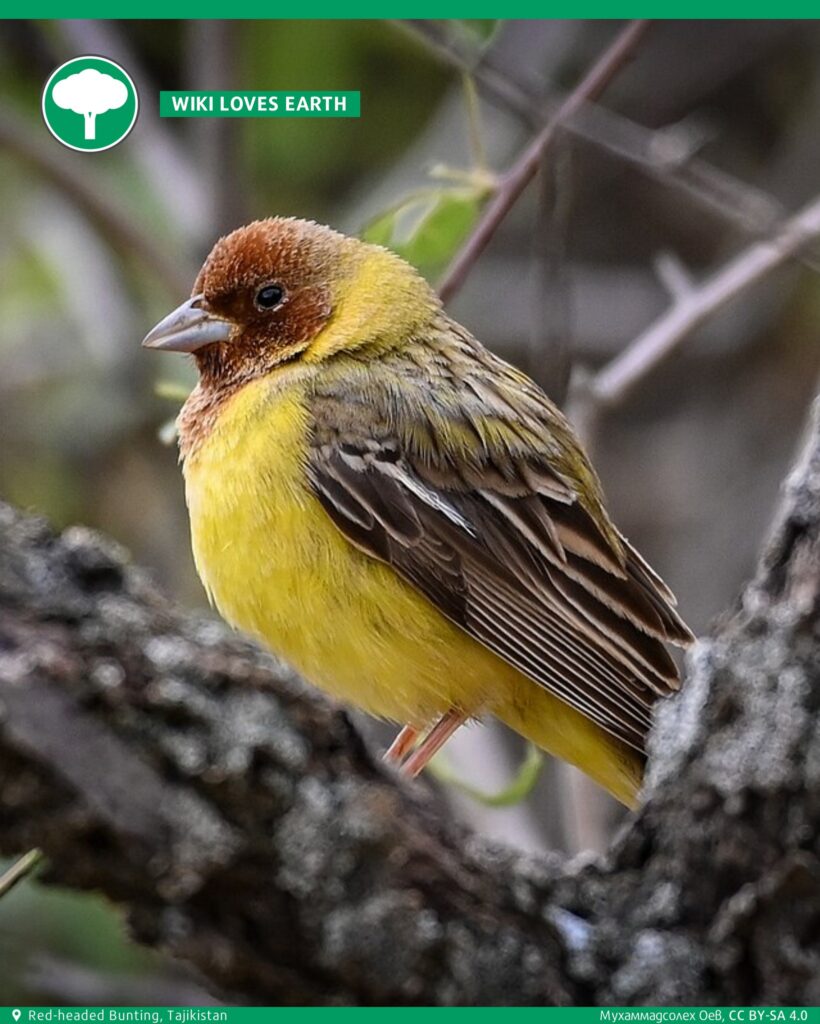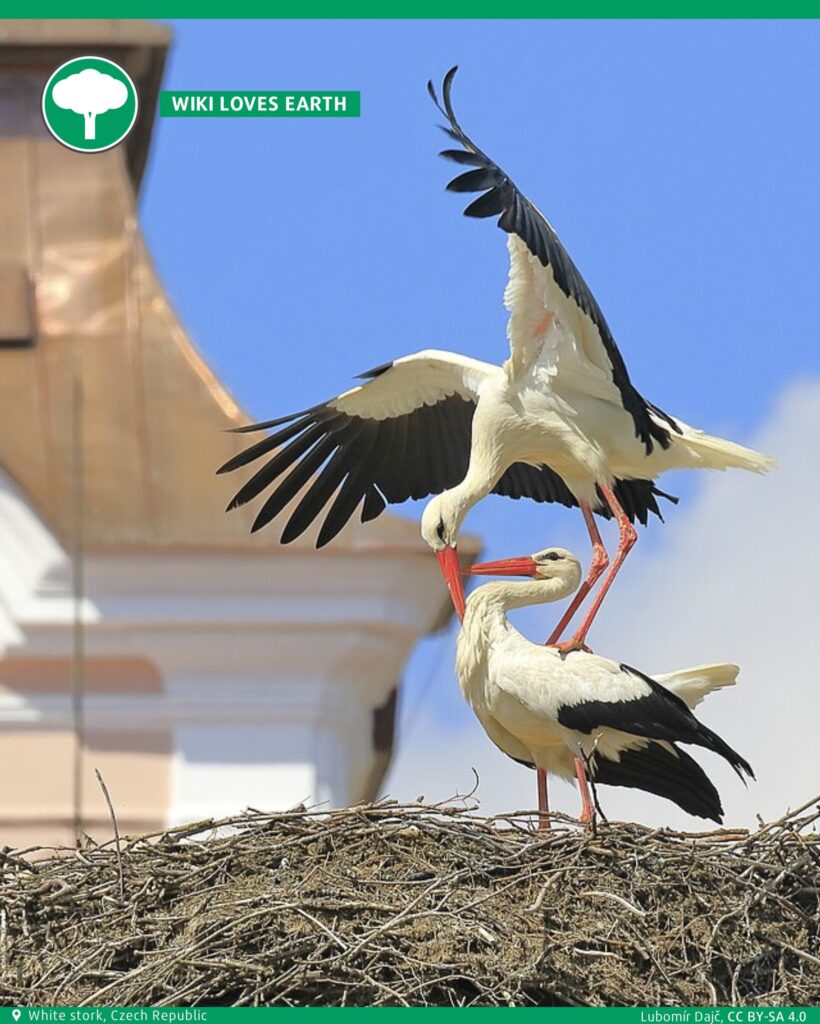We have reached a monumental milestone for Wiki Loves Earth International!
- Over 1,000,000 images have now been contributed to Wiki Loves Earth International over the past 13 years!
From breathtaking landscapes to charming macro shots, from the hidden corners of our planet to urgent environmental issues and stunning videos — a powerful testament to the global love for nature and free knowledge.
The most fruitful year in terms of uploads over the contest’s history was 2017, with almost 130,000 submitted images!
A huge thank you to every participant, volunteer, and organizer who contributed to capturing the planet’s diversity and sharing it with the world.
Let’s keep growing a global bank of freely-licensed images of our nature worldwide!
